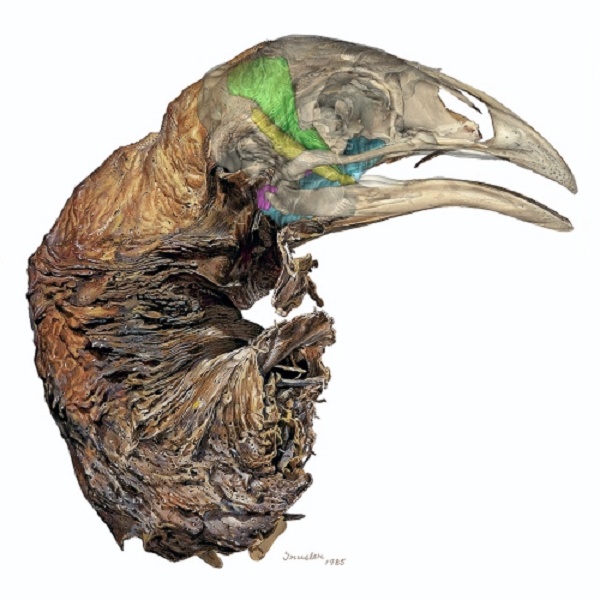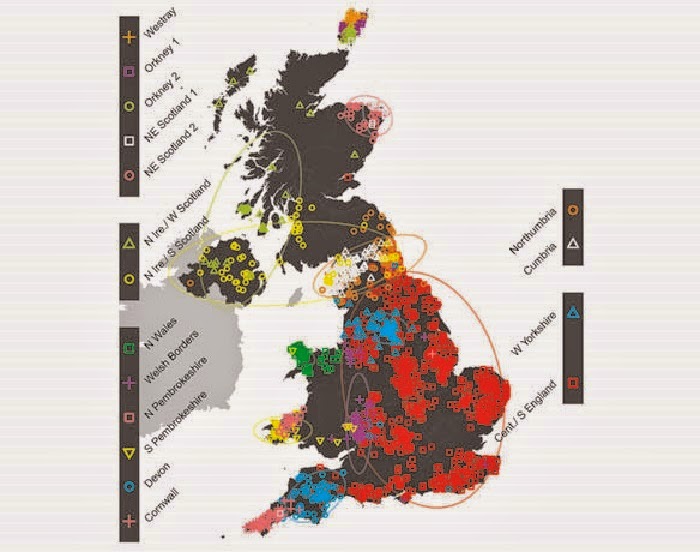The Great London [Search results for Australia]
Travel: 'Indigenous Australia: Enduring Civilisation' at the British Museum

Genetics: A 100-million-year partnership on the brink of extinction

Fossils: Long-necked dino species discovered in Australia

India: Australian gallery identifies looted Indian treasures

Exhibitions: Egyptian mummies virtually unwrapped in Australia

New Zealand: Medical imaging helps define Moa diet

Oceans: Debut of the global mix-master

Environment: Wildfire on warming planet requires adaptive capacity at local, national, international scales

Earth Science: Cosmic dust reveals Earth's ancient atmosphere

Palaeontology: Africa’s earliest known coelacanth found in Eastern Cape

Oceans: Almost all seabirds to have plastic in gut by 2050

Australia: Wreck of former slave ship off West Australian coast mapped in 3D

Genetics: First fine-scale genetic map of the British Isles

Natural Heritage: Scientists call for new conservation strategies

Grab Shell Dude: Going Vertical Review
Breaking News: Accelerating the search for intelligent life in the universe

Palaeontology: Fossilized dinosaur brain tissue identified for the first time

Breaking News: Cosmic beacons reveal the Milky Way's ancient core

Environment: Scientists predict extensive ice loss from huge Antarctic glacier

United Kingdom: Britain urged to begin talks on Parthenon marbles
